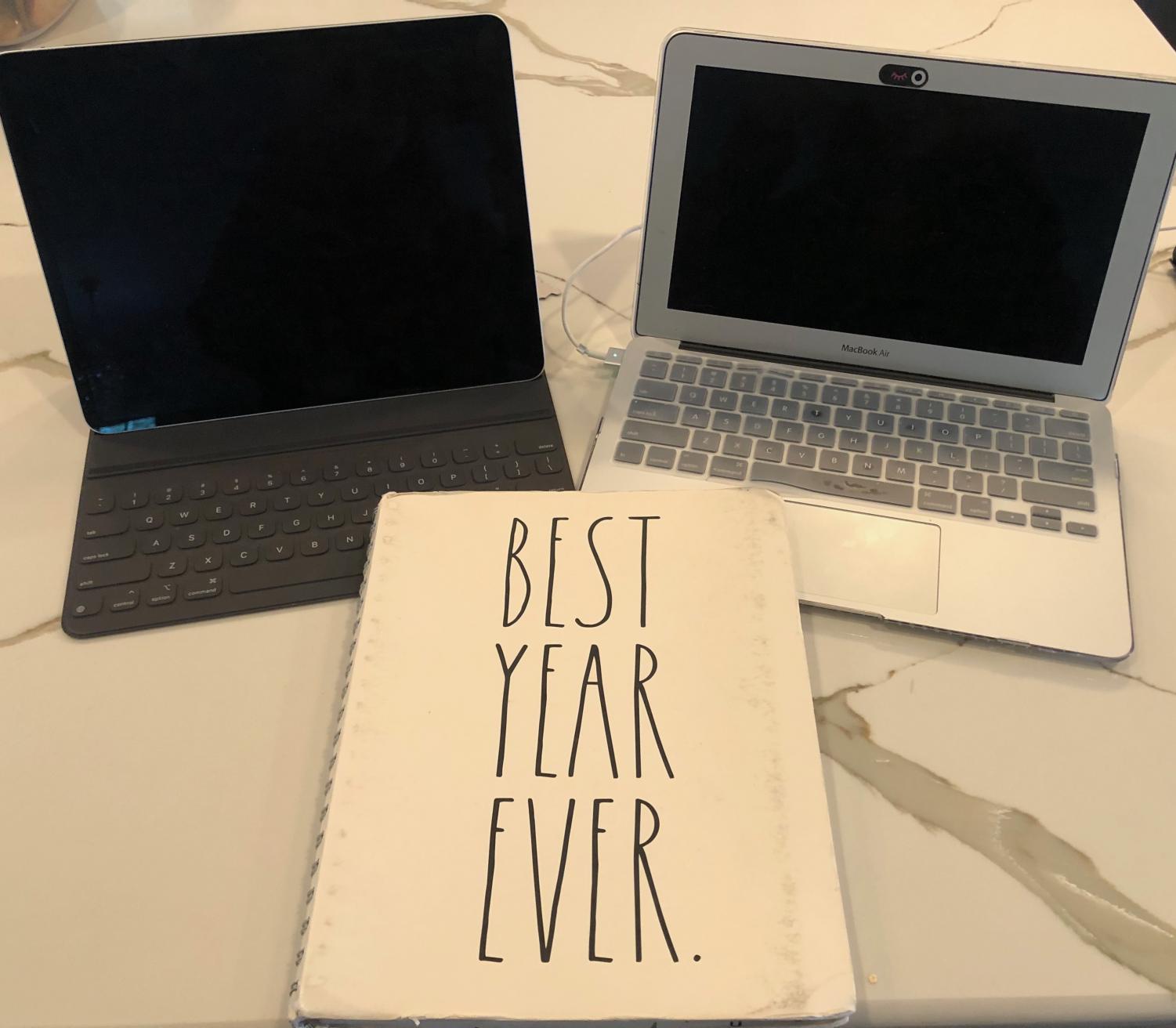The Effects of E-Learning on Children with Disabilities and Their Parents
April 7, 2020
A majority of children with disabilities like having a daily routine. Due to the recent coronavirus pandemic, these children’s routines have been thrown off drastically and they have had to adjust to their new normal. This has not been easy for the children or their parents who have now become their educators.
Normally, children with disabilities are in a general education classroom with special help who have been trained on how to adapt course material for each student based on their needs. Without physically being in class, parents have had to take the course material and teach their kids to the best of their abilities.
According to NPR, Ann Hiebert, a special education teacher in Ferguson, Missouri said, “Our district is implementing Google Classroom, but that does not work well for my students, since I have students with more significant needs. All of the online platforms are not good options for my kids because many are non-verbal, and struggle with writing and typing, or even using technology independently.”
Let's not neglect #specialeducation students while we provide emergency remote instruction and support. This resource from Quality Matters [@QMProgram] is really helpful: https://t.co/pgK0KhfZj7
— Diana Lebeaux (@DianaLebeaux) April 3, 2020
While special education teachers are trying to figure out the best way to accommodate their students virtually, parents are left frustrated. Marla Murasko describes the challenges her and her son, Jacob, who has Down Syndrome, are facing.
Murasko said, “It has been very frustrating for us, he can’t look at a five-page worksheet and learn. He needs it very simplified in order for him to learn it. If there’s no accommodations or modifications for him, he really can’t attend to that lesson plan unless I modify it for him. I’ll be honest with you, I’ve approached my day at this point with trying to figure out the positives because I can’t keep staying in this negative arena of when are they going to provide me something?”
It is important for parents to remember that teachers are trying to figure out this new realm of virtual learning too. Most special-ed teachers are trying to figure out ways they can become a resource to parents, because truly, they are the educators now.
Virtual learning isn’t easy for anyone right now. As a community of teachers, parents and students everyone needs to be understanding that there will be challenges, but we are all in this together.
This special education teacher went to her student’s house, stood outside in the rain keeping social distance, and read a book to him since school is out. PAY. TEACHERS. MORE. pic.twitter.com/R15VBvB4zM
— Jax (@HerDreadsRock) April 1, 2020
Academy’s Learning Resource Specialists Olivia Martinez and Dr. Julie Griess gave tips to help ease into virtual learning:
- Wake up around 7:30AM and create a to do list of what needs to be accomplished that day and include breaks.
- Change your “school location” Have a certain space for sets 1-4 and a second space for sets 5-6, A&B. This should help you better maintain focus throughout the day.
- Have the mindset that you are in real school and your day does not end until 2:45PM. This should help you avoid procrastination and staying up later than normal to complete work.
- Get up and move during the 10 minutes between classes (movement should be productive: walk around the house, do 20 jumping jacks, push-ups, etc.)
- Include breaks in your day! Breaks does not mean watch 4 episodes of “Tiger King.” Your breaks should be no longer than 30 minutes and should not involve your computer or phones.

